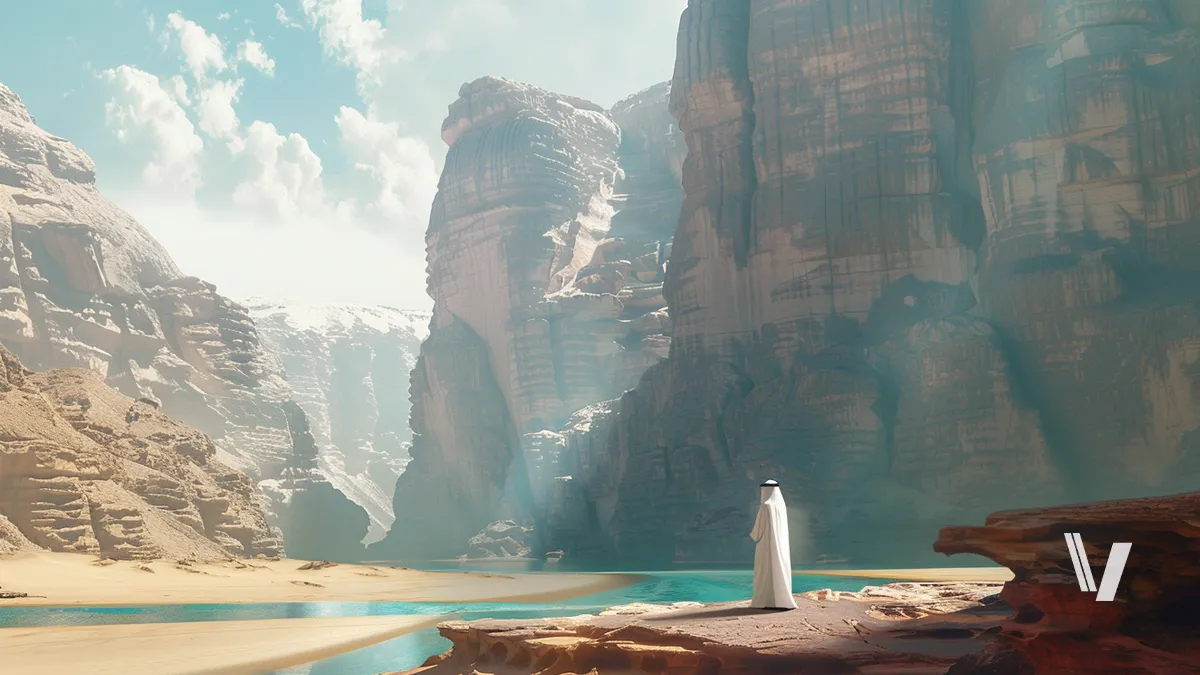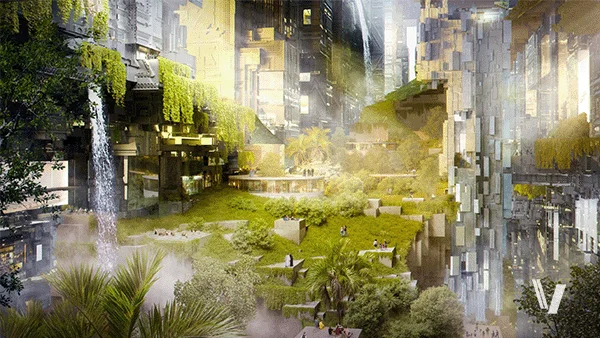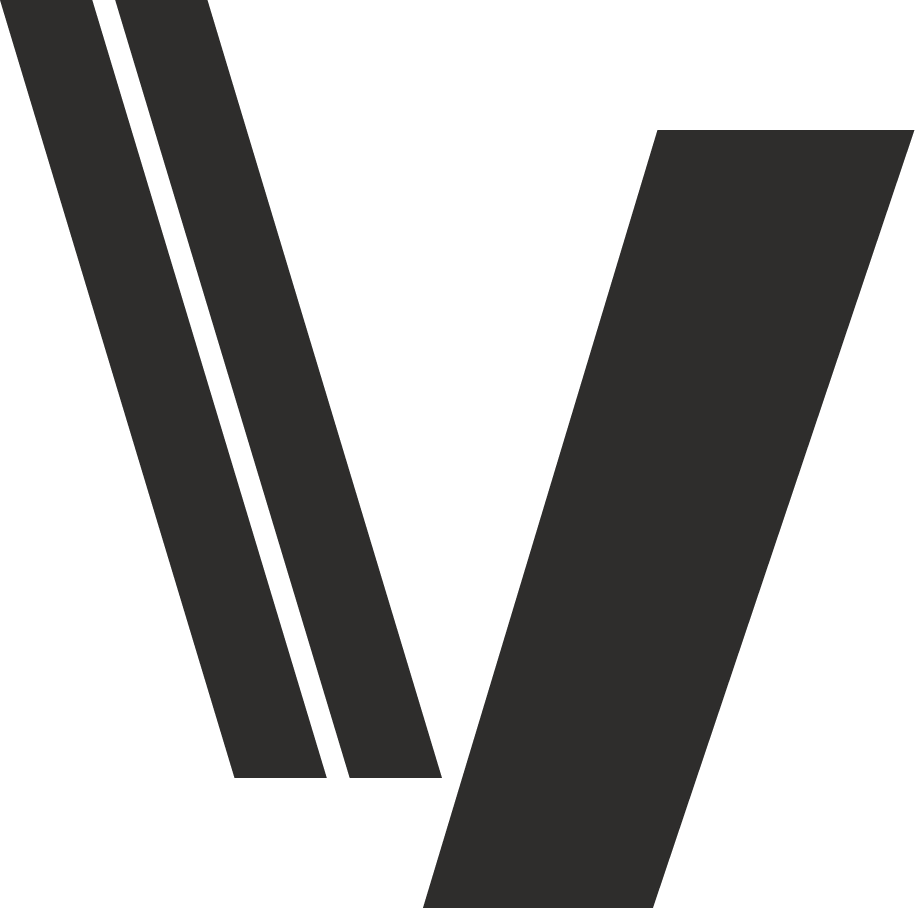
The Line is a futuristic linear city project announced by Saudi Arabia, incorporating the kingdom’s “Vision 2030” for sustainable development. This city is part of the larger project called “NEOM“, which is an initiative aimed at developing a futuristic and eco-friendly region in the northwest of Saudi Arabia.
Announced in 2021, the project seeks to create a 170-kilometer-long city located in northwestern Saudi Arabia that would become home to approximately nine million people, providing a zero-carbon and zero-waste footprint to its inhabitants based on its measures and policies, such as the inexistence of roads or cars and 95% of the land being preserved for nature.
“The Line is a project that is a civilizational revolution that puts humans first.”Crown Prince of Saudi Arabia Mohammed bin Salman
These were the words used by Crown Prince of Saudi Arabia Mohammed bin Salman, also known as MBS, during a documentary to describe the futuristic The Line project.
Other than offering a green environment to its inhabitants, The Line aims to be one of the main, if not the major, tourist sites in the world and bring many businesses to the region.
In a world where companies and authorities struggle to seek greener and sustainable projects to tackle climate change problems and continue nations’ development growth, the project created by MBS, along with other experts from different parts of the globe, tends to revolutionize our society and bring a new look to the kingdom.
The project is definitely set to reshape the way we think about urban development.
Looking to reduce its dependence on oil and grow its economy and public service sectors, Saudi Arabian authorities found in the project a way to create something that would change the public’s opinion of the country as well as bring many investments to the Kingdom.
“We brainstormed, we worked with a team, and we did a competition with the best designers on the whole planet. All of them provided us with cities based on existing methods but with better solutions. Except for one, he takes that idea and says, let’s turn it from a circle to a line”MBS explained during a documentary
After further discussions involving MBS and members of the project’s Funding Board as well as experts in the field, an idea to cover an area of 26,500 square kilometers that would be fueled by solar and wind power was put on the table for the ‘NEOM’ region.
The plan is reportedly likely to create at least 380,000 job opportunities and contribute $48 billion to Saudi Arabia’s gross domestic product growth by 2030.
As mentioned before, The Line is a project intended to reshape the Saudi Arabian northwestern region and create a completely green and sustainable city from scratch that will be the home for millions of people.
But how will that work and what are the project’s main goals?

Other than becoming a major technology hub in the Middle East, the project’s blueprint uses artificial intelligence and advanced tools to create a place of connectivity and to design the shape of its way of life.
Residents of the city will experience streamlined urban operations with autonomous transportation systems, including a high-speed rail that will connect the city within 20 minutes and access to daily necessities within minutes of walking.
The city will also offer endless access to nature with its several open spaces on multiple levels, such as incredible views of the region’s landscape.
The Line will definitely set new standards for eco-conscious urban living in a world where climate change and sustainable measures are the main topics.
One of the idea’s key factors is creating a zero-carbon city through the elimination of unnecessary amounts of infrastructure, cars, and roads, as well as operating on 100% renewable energy, including the operations of its businesses and industries. Furthermore, with nature and open space integrated, the air quality of the area will be top of mind for its residents.
The project is designed to leave approximately 95% of its land area to natural landscape and biodiversity preservation, which highlights The Line’s main idea of having a smooth and rapid urban expansion without forgetting about environmental conservation.
“NEOM will compete with Miami in terms of entertainment, culture, sports, and retail.”Author / source
MBS made it clear during the documentary that the approximately $1 trillion project will reshape global tendencies, and it includes the tourism section as well.
The megacity will be the home of at least 50 luxury resorts, expecting to attract five million tourists only in 2030. It is also reported that the project will build 50 artificial islands across the Red Sea and create at least 15 four-and-five-star hotels every year from 2023 onwards.
Of course, when reading about this audacious plan, business owners and investors throughout the globe start to ask themselves whether or not the investment in the project is worth it, and many aspects lead them to believe that financing The Line would be valuable.
Once seen as a closed country, Saudi Arabia has changed the world’s view little by little. From bringing big events to the kingdom, including music and cultural festivals, to attracting big sports personalities like Cristiano Ronaldo and Neymar, the kingdom has opened its doors to the world and attracted many tourists and investors to the region.
The Line will be no different from the factors mentioned before, but its impact will be way greater. With nine million people expected to be residents of the futuristic city, Saudi Arabia will welcome people from different backgrounds and cultures, and, with that, its ties with other nations not only in the Middle East but around the globe will also be positively impacted.
In recent times, the country has reestablished ties with Iran after a seven-year period without a diplomatic relationship between Riyadh and Tehran. The kingdom is also on its path to normalize its ties with Israel, which is labeled by many geopolitical experts as a huge advancement in the Middle East region.
All these components contribute to the country’s idea of leaving that mark of a ‘closed nation’ behind and, with that, secure more investments to the kingdom.
These days, working in big metropoles can be very stressful. The chaotic traffic tends to limit workers’ ability to spend valuable time with their families and friends. For example, according to a report from the American company INRIX, people living in the US tend to spend what is equivalent to 2.5 work weeks in traffic.
One of the main ideas behind The Line’s project is to optimize the time people spend on public transportation and, with that, provide a better quality of life to its residents.
In a very dynamic world, many tend to prioritize their free time. Companies will be able to use the end-to-end transit of 20 minutes and daily essentials within a five-minute walk surrounded by green spaces and parks inside the futuristic city as huge assets when attracting workers to the kingdom.
After all, who would not want to be at home 20 minutes after a long work shift?
The green transition of companies is also a significant topic in our society these days. Many businesses across Europe are struggling to keep up with the European Green Deal, which aims to make the continent climate neutral by 2050 by creating sustainable industries and transports, and The Line appears as a major alternative for these companies seeking that transition.
With the area itself having zero-carbon and zero-waste footprints, it will force the greener transition of companies seeking to adopt climate-friendly measures.
If attaining the green transition objective appears to be extremely difficult in Europe, The Line rises as a remarkable solution for the sustainable development and growth of any company.
Somebody once said that with great power comes great responsibility, and The Line’s case is no different.
Creating a zero-carbon city from scratch is far from easy, and for some, it sounds even impossible. Since its first announcement, the project has been criticized by many, who claim that the designs displayed on The Line’s sketch are not possible.
The process is not and will not be simple, but according to MBS during the same documentary mentioned before, the kingdom has enough land, stability, and infrastructure to create a futuristic city.
“They say a lot of projects in Saudi Arabia can’t be done; they’re too ambitious. They can keep saying that, and we can keep proving them wrong” he said.
If I asked you to name three countries that come to mind when talking about oil production in the world, I’m pretty sure that Saudi Arabia would definitely pop up as one of the answers. The idea of establishing a relationship between the kingdom and petroleum is not wrong, as it possesses around 17 percent of the world’s proven petroleum reserves.
However, with NEOM’s project, which will bring together four regions, including The Line, Saudi Arabia sees a possibility to remove the label of ‘an oil production’ country and convey more investments to the region through other means.
Despite the geopolitical impact of the project in the Middle East and the potential creation of over 380,000 jobs already mentioned previously, The Line tends to bring many investors to the kingdom of Saudi Arabia through ambitious projects, including ports, research hubs, entertainment venues, and notably sports events.
Saudi Arabia was chosen as the host of the 2029 Asian Winter Games, which will take place inside NEOM, and, according to local media reports, the kingdom has also launched its bid to be the host of the 2034 FIFA World Cup.
With all these sports aspirations, the country is following the same process as the United Arab Emirates and Qatar once experienced, which were targeted by critics who once put into question the potential and development of these countries’ major cities.
Time passed by, and many of these doubters have seen the transformation of towns like Doha and Dubai, which became major tourist and business hubs throughout the years, receiving foreigners from different parts of the globe.
They are likely to experience the same scenario, but this time with The Line.
Due to all the excitement that surrounds the project, people are curious to know when it will come out of the paper and become a reality. But, due to its complexity, The Line is expected to be ready to welcome its visitors and residents only by 2030.
According to one of the project’s executive directors, the team working on The Line is in the process of moving 90 million metric cubes on the site, and by the end of 2024, over 30,000 piles, each exceeding 50 meters in depth and up to 2.5 meters in width, will be placed to form the foundation of the city.
It is also reported that 20 percent of the essential infrastructure of the Line is already in place, and now other important elements, such as transportation networks, utility systems, and urban planning, are being worked on.
As the construction process goes on, investors and businesses start to make their initial moves related to The Line.
Several companies in the real estate sector have already finalized deals to build residential projects in the area. In addition to that, in March of this year, AECOM, a global infrastructure consulting firm, seized the opportunity to construct NEOM’s first international airport, and the first destination is due to open its doors in 2024.
Finally, The Line project shines a bright light on the promise of a transition to a more sustainable and green world. With its innovative linear design, unyielding commitment to sustainability, integration of the latest advancements in technology, defining contact with nature as one of its priorities, and promoting the regional development of Saudi Arabia and the Middle East,
When announced, the project was a subject of discussion in several parts of the world, and it continues to be. As Saudi Arabia continues to seek to be a protagonist on the globe’s geopolitical board, The Line comes as a main attribute for the kingdom to attract investments and open its doors to the whole world.
By 2030, we are likely to witness something that no one has ever thought would be possible and to experience a green, sustainable, and smooth way of living in the middle of a desert.
